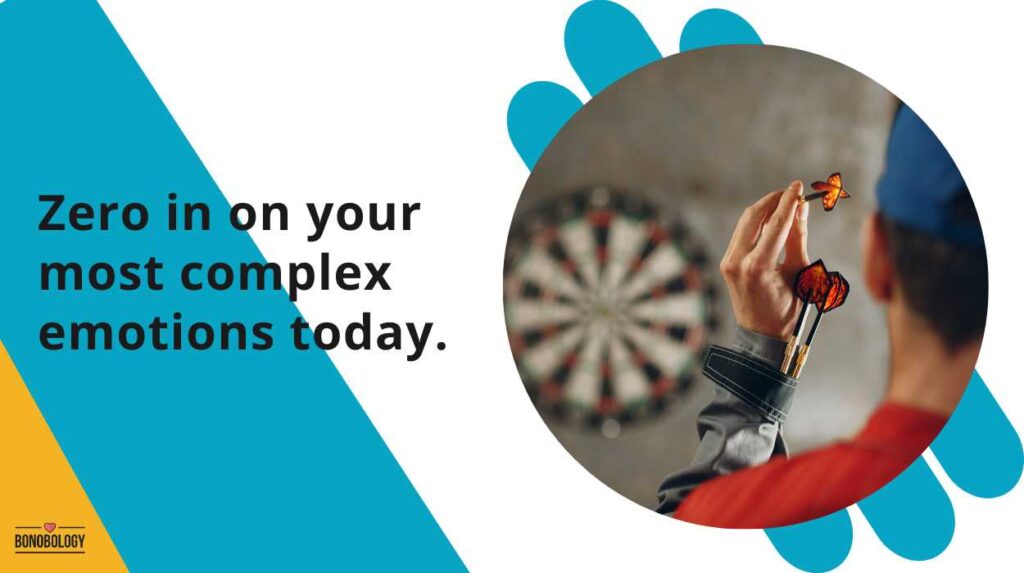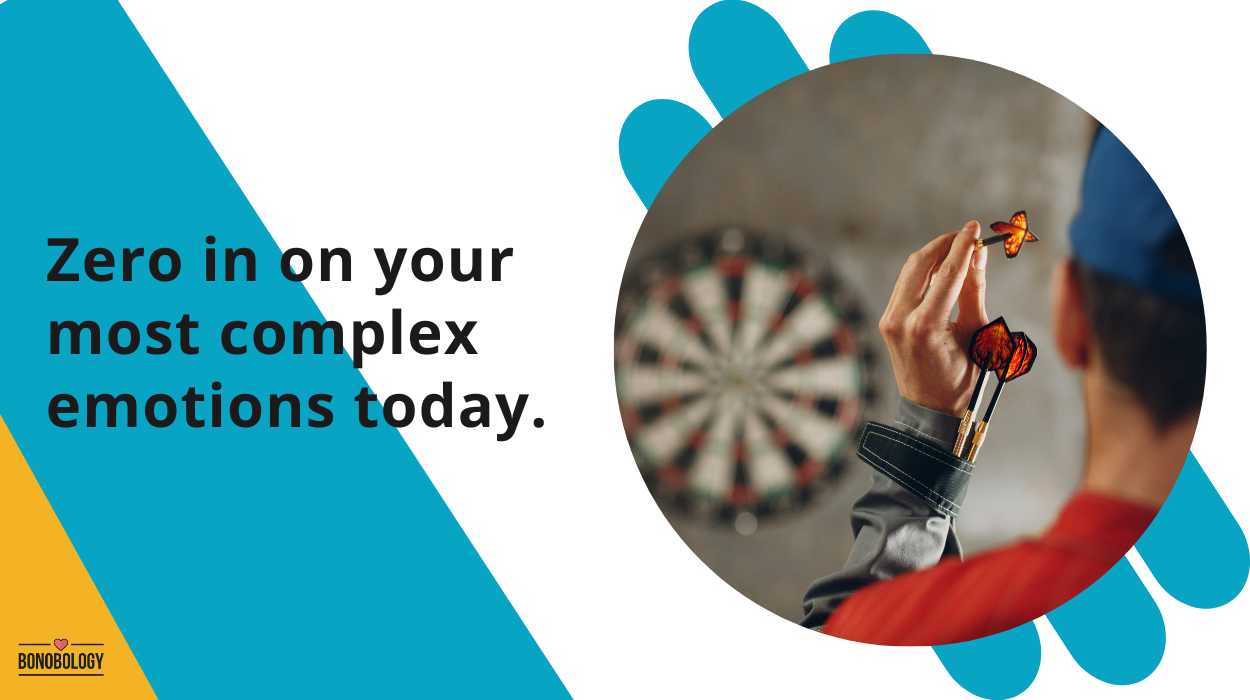
Unlock Your Emotional Intelligence: How to Use an Emotions Wheel Effectively
In a world increasingly focused on mental well-being and emotional intelligence, understanding our feelings is more crucial than ever. One powerful tool that can aid in this journey is the emotions wheel. This visual aid helps us identify, label, and ultimately understand the complex spectrum of human emotions. But how to use an emotions wheel effectively? This article will delve into the intricacies of the emotions wheel, providing a comprehensive guide on leveraging it to enhance your emotional awareness and improve your interpersonal relationships.
What is an Emotions Wheel?
The emotions wheel, also known as the feeling wheel, is a visual representation of emotions, typically arranged in a circular format. It usually starts with core emotions at the center, branching out into more nuanced and specific feelings as you move towards the outer rings. The original concept was developed by Robert Plutchik, but many variations exist today, each offering a slightly different perspective on emotional categorization. While Plutchik’s wheel focused on eight basic emotions, modern versions often incorporate a wider range of feelings.
Understanding how to use an emotions wheel begins with recognizing its structure. The central emotions are typically considered primary or core emotions, such as joy, sadness, anger, fear, surprise, and disgust. As you move outward, these primary emotions are further refined into secondary and tertiary emotions, offering a more granular understanding of your emotional state. For instance, anger might branch out into frustration, irritation, or rage.
Why Use an Emotions Wheel?
There are several compelling reasons to incorporate an emotions wheel into your self-awareness toolkit. Firstly, it helps expand your emotional vocabulary. Many people struggle to articulate their feelings beyond simple terms like “happy” or “sad.” The emotions wheel provides a richer lexicon, enabling you to describe your emotions with greater precision. This enhanced vocabulary is crucial for effective communication and self-understanding.
Secondly, the emotions wheel facilitates emotional identification. Sometimes, we know we’re feeling *something*, but we can’t quite put our finger on what it is. The wheel acts as a guide, prompting you to explore different possibilities and pinpoint the specific emotion you’re experiencing. By visually representing the spectrum of feelings, it makes the process of emotional identification more accessible and less overwhelming.
Thirdly, understanding how to use an emotions wheel allows for better emotional regulation. Once you can accurately identify your emotions, you’re better equipped to manage them constructively. Recognizing the underlying causes of your feelings and understanding their nuances allows you to develop healthier coping mechanisms and respond more effectively to challenging situations. [See also: Techniques for Managing Stress]
How to Use an Emotions Wheel: A Step-by-Step Guide
Now, let’s get into the practical aspects of how to use an emotions wheel. Here’s a step-by-step guide to help you effectively incorporate this tool into your emotional awareness practice:
Step 1: Find a Suitable Emotions Wheel
The first step is to find an emotions wheel that resonates with you. There are numerous versions available online, each with its own design and categorization. Experiment with different wheels until you find one that feels intuitive and comprehensive. Consider the level of detail and the range of emotions included. Some wheels may be more suitable for specific populations or contexts, such as children or individuals with specific mental health concerns.
Step 2: Start with the Core Emotions
When you’re trying to identify your feelings, begin with the core emotions at the center of the wheel. Ask yourself: Am I feeling primarily happy, sad, angry, fearful, surprised, or disgusted? This initial assessment will help narrow down the possibilities and guide you towards more specific emotions.
Step 3: Explore the Outer Rings
Once you’ve identified a core emotion, move outward to the secondary and tertiary emotions. For example, if you’re feeling angry, explore the emotions that branch out from anger, such as frustrated, irritated, or resentful. Consider the intensity of the emotion. Are you feeling mildly annoyed, or are you experiencing intense rage? The outer rings provide a more nuanced understanding of your emotional state.
Step 4: Consider the Context
Emotions don’t exist in a vacuum. They’re often triggered by specific events, thoughts, or situations. As you’re using the emotions wheel, consider the context in which you’re experiencing the emotion. What happened leading up to this feeling? What are you thinking about? Understanding the context can provide valuable insights into the underlying causes of your emotions.
Step 5: Journal Your Feelings
Journaling is a powerful tool for enhancing emotional awareness. As you use the emotions wheel, take time to write down your feelings in a journal. Describe the emotion you’ve identified, the context in which you’re experiencing it, and any associated thoughts or sensations. This practice will help you deepen your understanding of your emotional patterns and triggers. [See also: Benefits of Journaling for Mental Health]
Step 6: Practice Regularly
Like any skill, using the emotions wheel effectively requires practice. Make it a regular part of your self-reflection routine. Set aside a few minutes each day or week to check in with your emotions and use the wheel to identify and label them. The more you practice, the more adept you’ll become at recognizing and understanding your feelings.
Examples of Using the Emotions Wheel in Different Scenarios
To further illustrate how to use an emotions wheel, let’s explore a few examples:
Scenario 1: Workplace Conflict
Imagine you’ve just had a heated argument with a colleague. You’re feeling tense and agitated, but you’re not sure exactly what you’re feeling. Using the emotions wheel, you might start with the core emotion of anger. As you explore the outer rings, you realize you’re also feeling frustrated because you feel unheard and disrespected. Identifying these specific emotions allows you to address the underlying issues more effectively and communicate your needs more clearly.
Scenario 2: Relationship Issues
You’ve been feeling distant from your partner lately, and you’re struggling to understand why. Using the emotions wheel, you might identify feelings of sadness or loneliness. As you delve deeper, you realize you’re also feeling insecure and anxious about the future of the relationship. Recognizing these emotions allows you to have an open and honest conversation with your partner about your needs and concerns.
Scenario 3: Personal Setback
You’ve recently experienced a personal setback, such as losing a job or failing to achieve a goal. You’re feeling discouraged and unmotivated. Using the emotions wheel, you might identify feelings of sadness, disappointment, or shame. As you explore the outer rings, you realize you’re also feeling hopeless and uncertain about the future. Acknowledging these emotions allows you to process your grief, learn from the experience, and develop a plan for moving forward.
Tips for Maximizing the Effectiveness of the Emotions Wheel
Here are some additional tips to help you maximize the effectiveness of the emotions wheel:
- Be honest with yourself: The emotions wheel is only effective if you’re willing to be honest about your feelings. Don’t try to suppress or deny your emotions. Acknowledge them, even if they’re uncomfortable.
- Don’t judge your emotions: All emotions are valid and serve a purpose. Don’t judge yourself for feeling a certain way. Instead, try to understand the underlying causes of your emotions.
- Use the wheel in conjunction with other tools: The emotions wheel is a valuable tool, but it’s not a substitute for professional help. If you’re struggling with persistent or overwhelming emotions, consider seeking guidance from a therapist or counselor.
- Customize the wheel to your needs: Feel free to modify the emotions wheel to better suit your individual needs and preferences. You can add or remove emotions, change the layout, or create your own personalized wheel.
The Future of Emotional Intelligence and the Emotions Wheel
As our understanding of emotional intelligence continues to evolve, the emotions wheel will likely play an increasingly important role in self-awareness and emotional regulation. With the rise of technology, we may see the development of digital emotions wheels that offer personalized insights and interactive exercises. These tools could potentially be integrated into mental health apps and wearable devices, providing real-time feedback on our emotional states. The key to effectively leveraging these advancements will be understanding how to use an emotions wheel as a foundation for emotional literacy.
In conclusion, the emotions wheel is a powerful tool for enhancing emotional awareness and improving interpersonal relationships. By understanding its structure, following the steps outlined in this guide, and practicing regularly, you can unlock your emotional intelligence and navigate the complexities of human emotion with greater confidence and clarity. Learning how to use an emotions wheel is an investment in your personal growth and well-being, paving the way for a more fulfilling and emotionally intelligent life.

